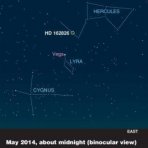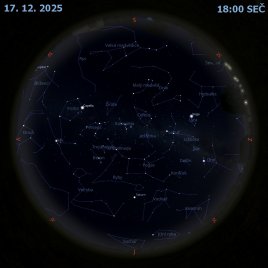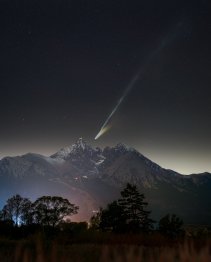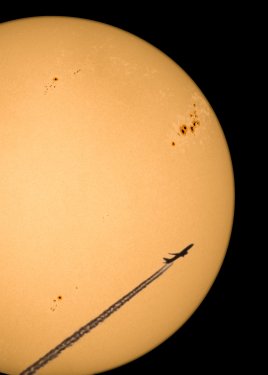
Astronomové objevili nejmladší exoplanetu
Jedna z nejmladších exoplanet doposud objevená u vzdálené „mladistvé“ hvězdy byla pozorována mezinárodním týmem astronomů pod vedením pracovníků, studentů a absolventů z University of Hawaiʻi at Mānoa. Planeta obíhá kolem trpasličí hvězdy spektrální třídy M, jejíž označení je 2MASS J04372171+2651014 (zkráceně 2M0437). Její stáří se odhaduje na 2 až 5 miliónů roků a od Země ji dělí vzdálenost 421 světelných roků. Její poloha se promítá do souhvězdí Býka.






